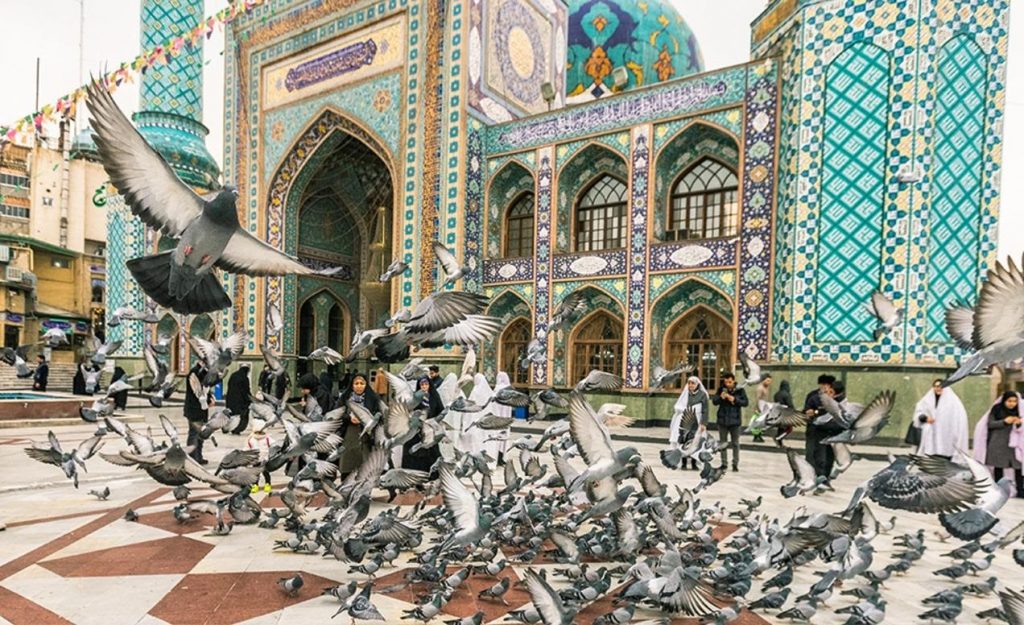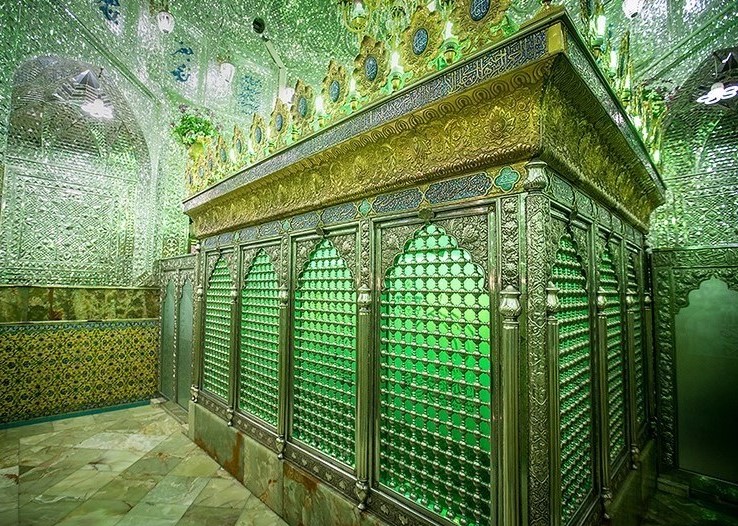History of Imamzadeh Saleh Shrine
Iran is the country of Imamzadehs and shrines. Many children and grandchildren of imams have rested in different parts of the land, so Imamzadehs have covered a significant spot of Tehran’s attractions. Imamzadeh Saleh is the name of a tomb in the Tajrish neighbourhood, which you will reach the main entrance of the Imamzadeh after passing the Tajrish Bazaar.
This tomb is attributed to Saleh, the son of Kazem, the seventh Imam of the Shiites, and the brother of Imam Reza, the eighth Imam of the Shiites. Imamzadeh Saleh, due to the attractive environment, has attracted everyone to it and enjoys the peace of the place of pilgrimage for a few hours, away from the crowds of Tajrish Square.
In connection with the story of the great Imam, it is interesting to know that Hazrat Saleh came to Iran from Iraq after hearing the news of the coronation of his brother Reza, the eighth Shiite Imam, in Khorasan. But a person named Hassan Behbahani followed him and closed the way for him near Shemiran and Tajrish. Finally, he was martyred under a sycamore tree, and his pure body was buried next to the tree.
For this reason, in addition to historical aspects and scenic architecture, Imamzadeh Saleh is dear to Shiites and Iranians for religious and doctrinal reasons. It has also become one of the most important places of pilgrimage and worship in Tehran.

Imamzadeh Saleh Shrine in Tajrish
Imamzadeh Saleh area was an entirely enclosed place like other shrines in Iran before the change of street space in the Tajrish region, but today it has been removed from the walls. The courtyard of Imamzadeh Saleh, with three thousand square meters, is considered one of the largest and most magnificent Imamzadehs in Iran.
Imamzadeh Saleh has three main doors. The north and east doors open to the Tajrish Bazaar, and the west door opens to the Tajrish bus terminal. In the courtyard of Imamzadeh Saleh, you will see the pigeons that people shed seeds for them and enjoy seeing them.

The architecture of Imamzadeh Saleh Shrine
The architecture of the building, with its thick walls, quadrangular design, and arches are similar to the structures of the 12 and 13 centuries A.D, whose architectural style is like the Ilkhanid period. The Imamzadeh was repaired during the Qajar period, and parts were added. There is a brick inscription in the tiles of the shrine which mentions the date of reconstruction of the Imamzadeh Saleh building in 1831 A.D and bears the name of Fath-Ali Shah Qajar.
Also, the clock on the tower inside Imamzadeh had been dedicated to the place by Moayer al-Malik. The mirrors inside the shrine are made by Iranian artists and have added to the magnificence of the building. The four porches, two of them are for women and two for men, are separated by a guard, and the doors that separate the porches from the shrine have recently been inlaid.
The dome of the building was repaired and re-tiled in 1959 A.D in the last year of Hassan Fedakar’s life at his own expense. According to the comprehensive development plan, a new dome is built on top of the previous one, and a minaret in front of it.

The story of the famous old plane tree
Until 2000, there was an old sycamore tree in the Imamzadeh area, which was about 800 years old. The sycamore was one of the most famous ancient sycamore trees in Iran, which is even mentioned in the works of foreign tourists. Unfortunately, the sycamore tree was damaged by the subterranean aqueduct and was cut down with the permission of cultural heritage.

